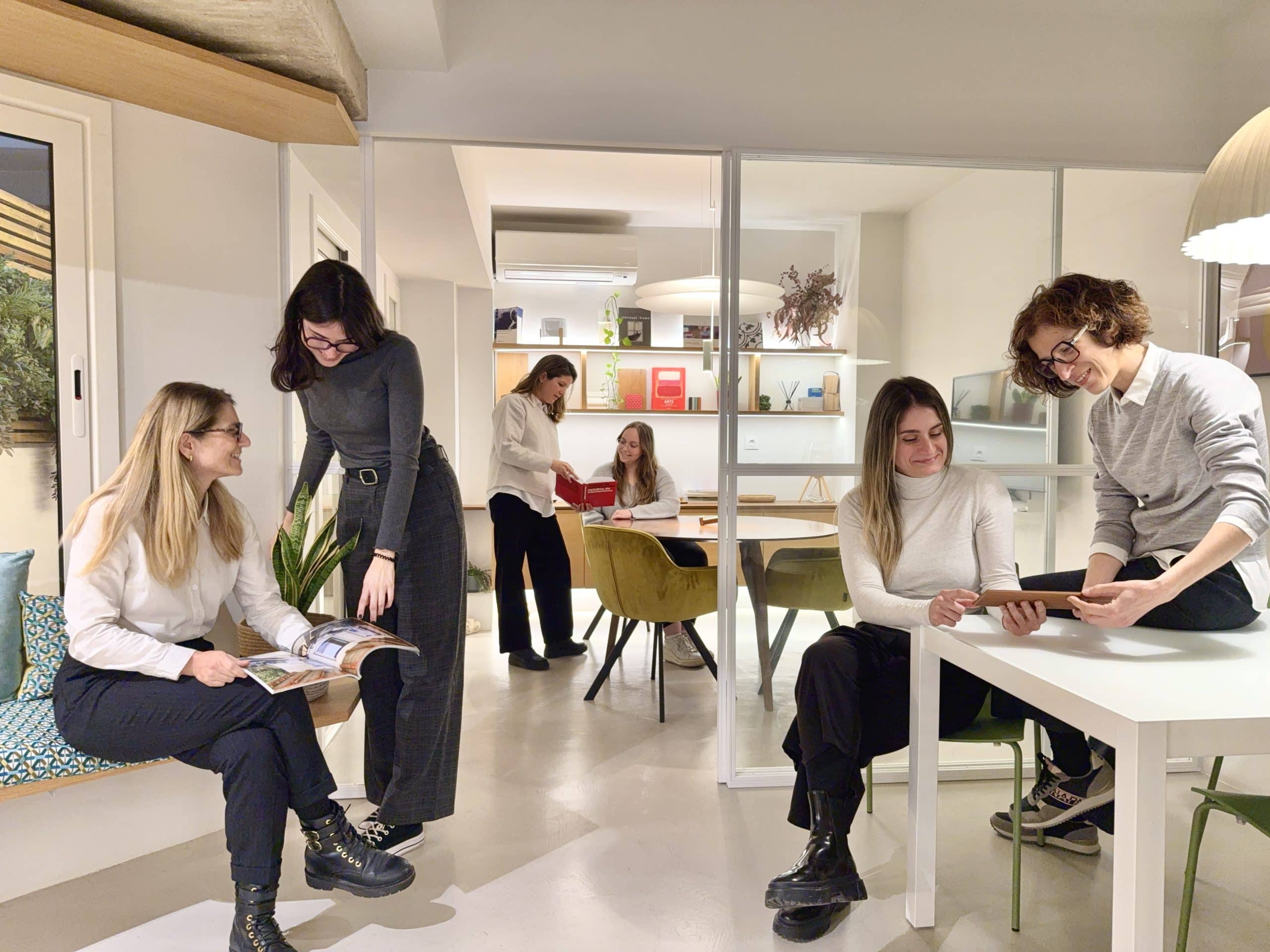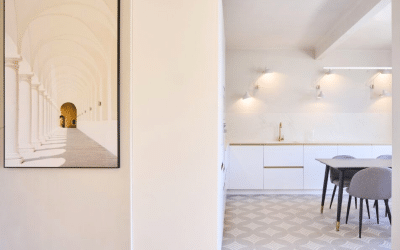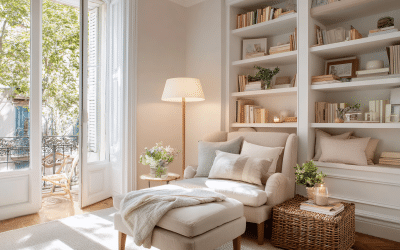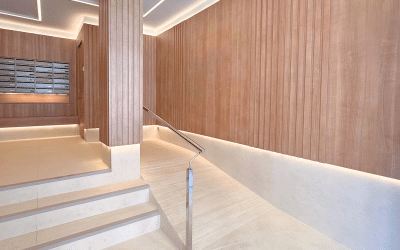Design as a Tool for Well-Being
In an increasingly fast-paced lifestyle, saturated with external stimuli and demands, the home is reaffirming itself as the epicenter of self-care and personal balance. For 2025, interior design trends reflect this shift in mentality: spaces designed not only for living, but also for caring for ourselves, disconnecting, and regenerating.
In this article, we analyze the main wellness trends that are shaping the way we design and renovate our homes. From the importance of rest to energy resilience, well-being is becoming the new luxury… and a real necessity.
1. The Home as the Epicenter of Daily Life and Well-Being
The perception of the outdoors as an increasingly expensive or exhausting environment has intensified the desire to enjoy the comfort and tranquility of home. In 2025, the home will no longer be just a place to sleep or eat: it will become the center of gravity of daily life, where work, leisure, rest, and self-care converge.
This evolution is driving the demand for flexible and multifunctional spaces, with adaptable layouts and versatile furniture that responds to different uses throughout the day. Furthermore, smart technological solutions and the rise of services such as gourmet food deliveries are gaining prominence.
In this context, more and more people are opting for comprehensive renovations that transform their homes into efficient, functional retreats aligned with their lifestyle.
2. The power of color and casual design
Color is a tool for modulating mood and generating positive sensations in the home. Warm tones, soft contrasts, and cheerful shades are present in textiles, walls, and furniture, creating lively yet balanced spaces.
In addition, we are seeing a rise in designer pieces with organic, bold, or even playful shapes that invite us to play and personalize the space without rigidity. All under one clear premise: feeling good begins with living in an environment that inspires joy, calm, and vitality.
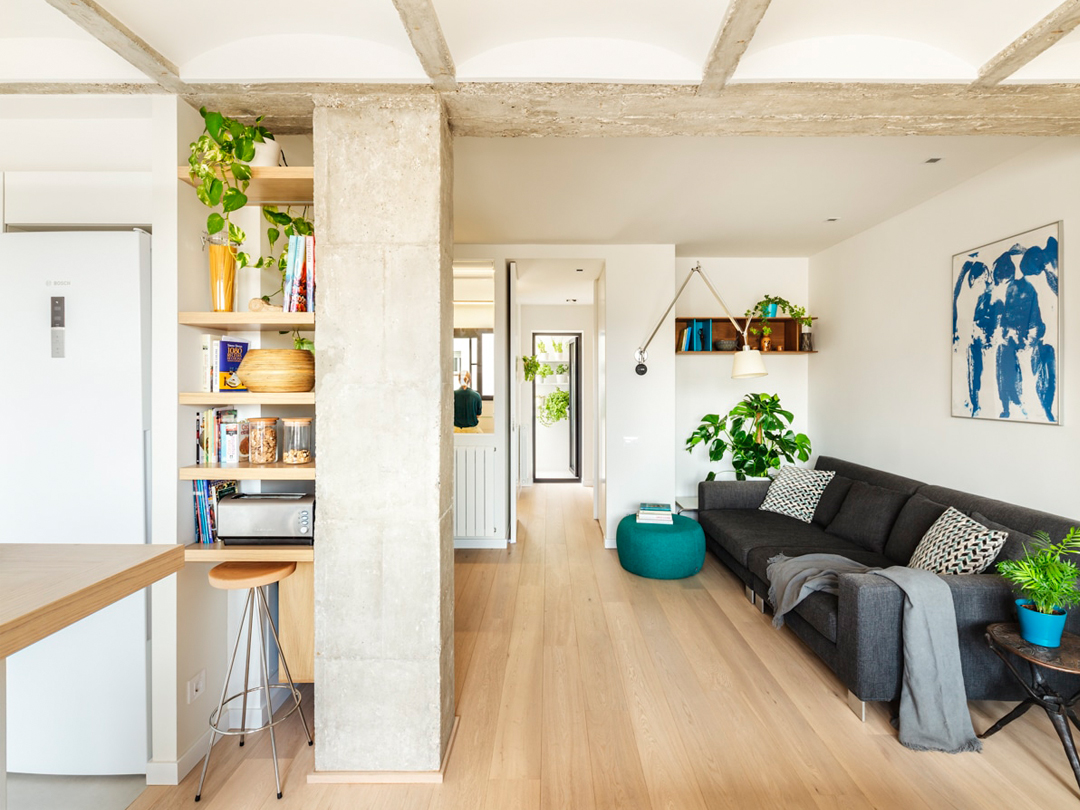
3. Bedrooms that prioritize conscious rest
In this new era of self-care, the bedroom is being redefined as a safe space for disconnection and recovery. Rest is no longer understood as a simple physiological need, but as a strategic routine that is part of a healthy and conscious lifestyle. Practices such as nighttime skincare, a balanced diet, and habits that promote cell regeneration during sleep are gaining prominence, with the aim of improving mood, overall health, and longevity.
Interior design accompanies this transformation: serene environments, free from unnecessary stimuli, are prioritized, inviting deep rest. Soft textiles, dimmable lighting, sound insulation, and discreet storage systems are key to maintaining visual and mental order. Everything—from the layout to the materials—is chosen with a purpose: to create an environment that promotes restful sleep and improves well-being day after day.
4. The bed as a center of total comfort
In a hyper-connected and productive world, staying in bed has become an act of self-care and even a rebellion against constant demands. It’s no longer just a place to sleep: now it’s also a place to work remotely, attend remote meetings, read, or eat delivery.
That’s why today’s design incorporates specific ergonomic solutions for the bed: functional trays, integrated lighting, headboards with USB ports, thermoregulations textiles, and beds with lumbar support that promote posture and prolonged rest. The key is to improve the experience without sacrificing aesthetics.

5. Resilient and Self-Sufficient Homes
Growing concern about climate change is transforming the way we think about housing design. Today, the focus is on more energy-self-sufficient, resilient, and sustainable homes, capable of responding to increasingly extreme weather events.
In this context, renovations and renovations prioritize the incorporation of passive solutions and efficient systems: natural ventilation, solar panels, green roofs, rainwater collection and reuse, as well as the use of materials with low environmental impact. The homes of the future are designed to withstand fires, floods, or heat waves, acting as safe havens in a changing environment.
Furthermore, renovation is being promoted over demolition as a way to reduce carbon emissions and promote a more responsible construction model.
6. Materials of the Future: Sustainability and Innovation
By 2025, innovation in materials will allow traditional options to be replaced with more responsible and durable alternatives. From 100% compostable, lab-grown leather to textiles made from recycled fibers, bioengineering offers aesthetic and ethical solutions.
In interior design and renovation projects, this translates into an increasingly conscious selection of materials, without sacrificing quality or design.
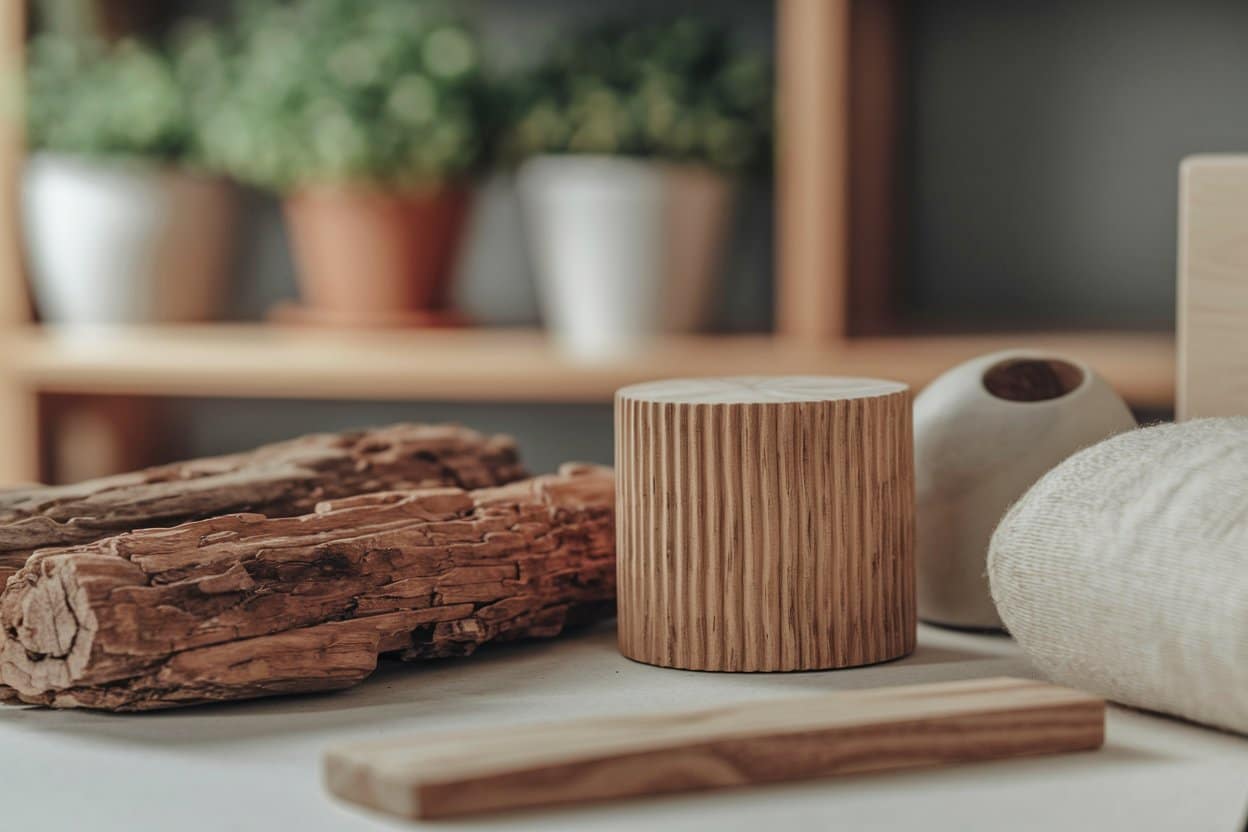
These trends confirm that interior design goes far beyond aesthetics. Today, renovating a home is a way to maintain health, promote balance, and reconnect with oneself.
At Sezam Studio, we apply this approach to each project, integrating functional, sustainable, and emotionally positive solutions to create homes that inspire and support daily well-being.
Do you want to renovate your home with a focus tailored to your well-being?
Explore our projects to see how we do it.
